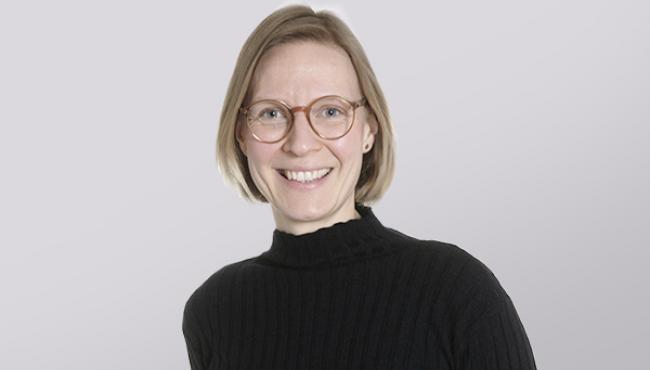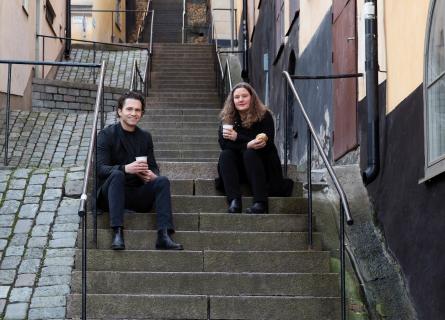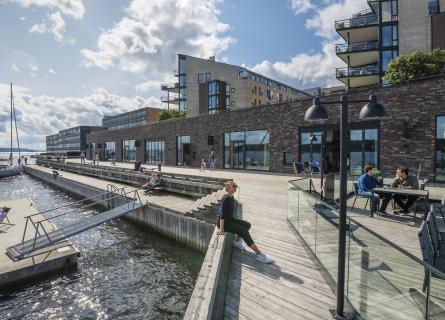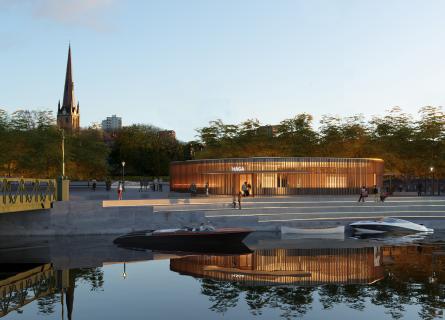
Children are keys to inclusive cities
Future Cities Insight #27 – Children are keys to inclusive cities
Hannah Wadman and Mustafa Sherif explain why it is important to include children and the children’s perspective in urban planning.
Since January 1st 2020 the UN Convention on the Rights of the Child is incorporated into Swedish law, which means that children’s human rights must be guaranteed – not least when developing the city.
In what way is the city important to children?
According to Mustafa and Hannah, one of the reasons is safety. As children’s cognitive abilities have not been fully developed yet, they cannot make risk evaluations, orientate themselves, or understand how fast a car or bike is travelling, like an adult can.
Hence, Hannah and Mustafa argue, urban planning needs to take the children’s perspective into consideration, as the city plays an important role for their well-being and growth.
“WHO views the city as an important element for reducing obesity among children. Children need to be able to physically move in the city, learn social skills and try out different things,” Mustafa explains.
“Children from the city are programmed to play the games that are designed in the playgrounds, which are all similar, while children that spend a lot of time in nature learn to be creative and develop their own games – climbing trees, throwing rocks, building different worlds”.
Hannah adds:
“Children are drawn to the unfinished spaces where they are not limited to strict roles, but instead can develop a more equal way to play. In other words, it is about creating an environment that stirs up children’s curiosity.
“In the city of Umeå, in northern Sweden, they talk about encouraging a variety of movement, where the child in interplay with the environment develop their cognitive abilities as well as their bodies. Safety is one aspect of that, as well as stimulating growth through colors and shapes.”
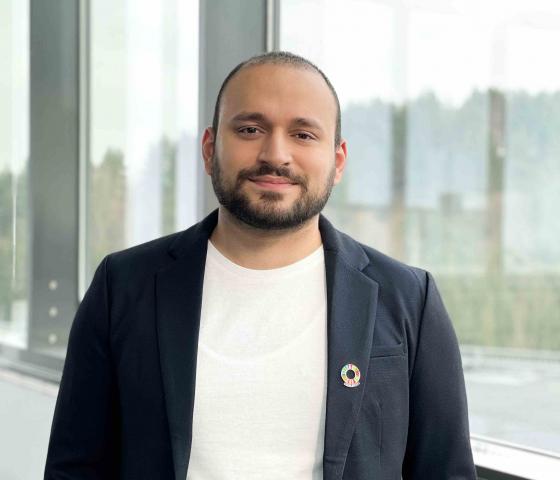
"According to the UN, children make up for 27 percent of the world’s population. It is up to us to decide how we want to bring up the next generation.
"If we don’t give them the opportunities to take part of the city, it will affect their social relationships. If they cannot move safely and freely in new environments, they cannot meet new people and adapt to new situations; we then lose the whole point of diversity and inclusion."
- Mustafa Sherif
When considering children, you consider everyone
Hannah and Mustafa argue that an urban planning that pays attention to the children’s perspective generates a more inclusive city for all.
“Children are not a homogenous group,” Hannah explains. “The needs of a two-year old are radically different from a 17-year old’s; but there is a saying that if you plan for an eight-year old and an 80-year old, you have planned for everyone. If you consider how a child is experiencing the city, you also take into consideration people with disabilities, making the city more accessible for a larger number of the population.”
Mustafa adds that thorough planning of this kind also targets the socioeconomical barriers faced by families who cannot afford to spend money every time they visit the city:
“Children have no income, so what they want is a space in the city that does not cost anything. The same goes for many groups in our society, who cannot afford to spend time in the city if they have to eat in restaurants to have access to toilets, drinking water, wi-fi etc.”
"If we don’t include the children’s perspective, we might miss our targets, by not adapting the urban space for one of the most important stakeholder groups. Then the place will not be used."
"I would like to use the UN Convention and its framework as an enabler to strengthen social sustainability and highlight what we can gain from working with that."
- Hannah Wadman
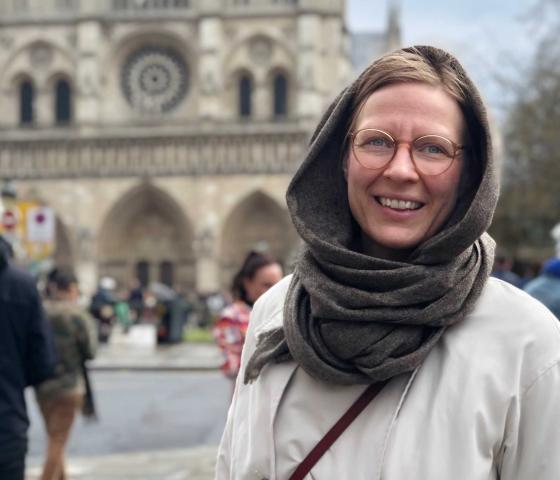
In the Convention on the Rights of the Child it says that children should be included in urban planning. How might that be done?
“We want to teach children about the democratic processes,” says Hannah. “That their opinions are important and that they can influence the society.
“One example is “The red rose carpet” in the area of Rosengård, Malmö, Sweden. The environmental department of the City of Malmö conducted a survey among young people and asked them what they wanted to fill the place with, and the result is a highly appreciated space with a climbing wall, and a dance scene with a big staircase where you can host an audience; a place for making events or just hanging out.
“It is not until the people take ownership of a place that it is filled with life and is used,” Hannah finishes.
An example of a project where the children’s perspective has been in focus
Children’s perspective can be used in all different kinds of contexts, not only when it comes to developing a place. Among many projects, AFRY has included children in a circular waste management plan. We developed a game where children in different schools were working on different targets of the waste management plan – it was a way to reach the children and create a real change by including their perspective.
